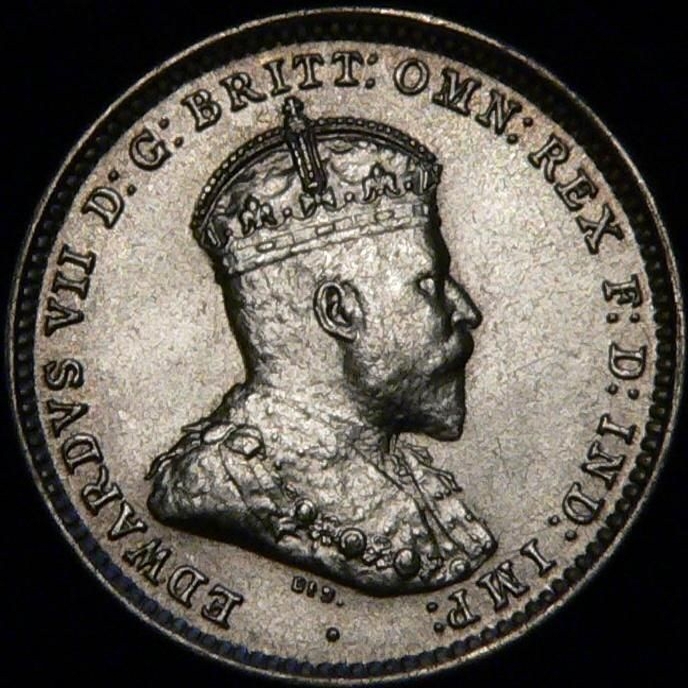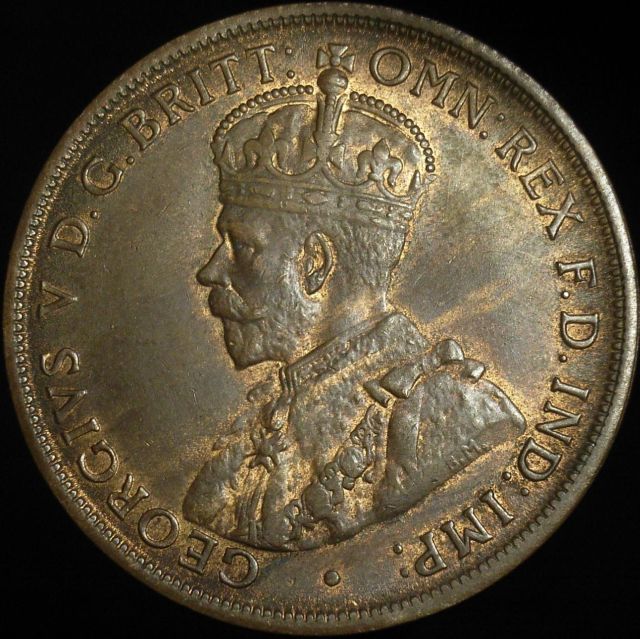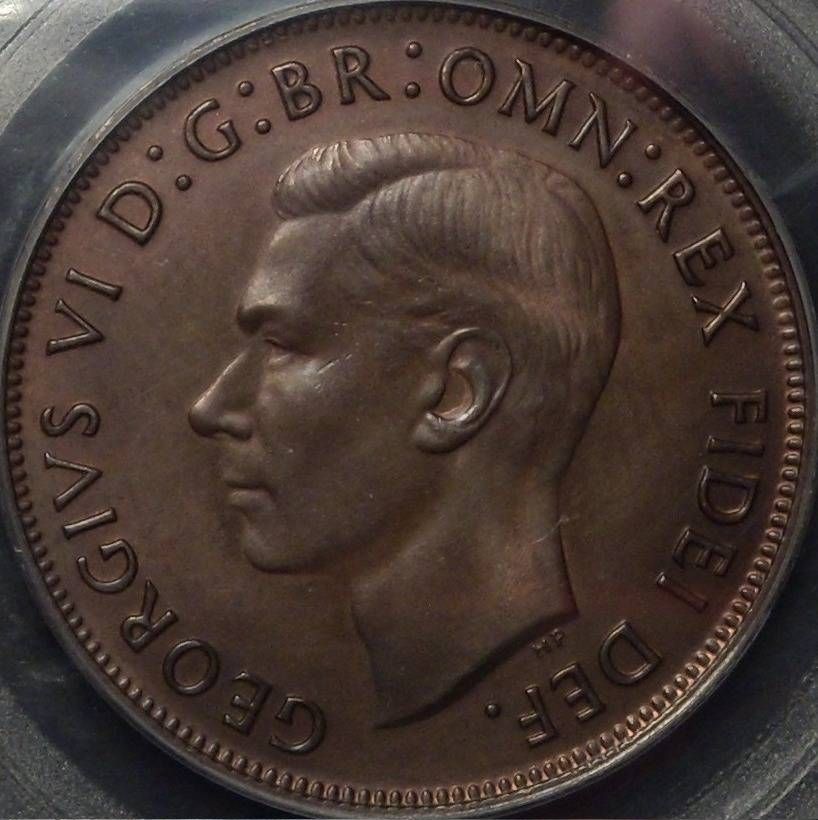

If you’ve been a coin collector for a while then something you’ve probably heard time and again is that “you must learn to grade coins”. If you’re new to the hobby let me just say that again, “you must learn to grade coins”. Why is this? Well simply because in spite of people’s best efforts, each and every person grades to a slightly different standard. This may be because they are actually grading to different standards (for example Australian standards versus English standards) or just that they are interpreting the same standard differently. By grading your own coins you’ll be happy that what you’re buying is worth the money that you’re going to pay for it, and that the grade of the coin will fit within the scope of your collection. Whatever the case it’s very important whether you own the coin or are looking to buy a particular coin that you make your own assumptions on grade before taking the plunge. It’s in your own best interest to have a basic knowledge about grading or consult someone you trust before you make that important purchase or decision regarding your coin.
With the rise in popularity of third party coin grading and slabbing there’s another reason to learn to grade your own coins. Being able to apply the grading standards of major third party grading companies (like PCGS and NGC) will allow you to submit coins wisely to these services and give you some idea of the grades you will end up receiving. Some sellers of PCGS graded coins seem to be applying standard conversion for PCGS grades to Australian adjectival grades. Usually it runs something like MS60-62 is UNC, MS63-64 is choice unc, MS65-66 is Gem, and MS 67+ is Gem. We’ve noticed that there seems to be some sort of ‘bracket creep’ in this scaling. Perhaps our memories are failing us, but we’re sure most sellers used to call an MS63 coin UNC, these days there seems to be a growing number calling it choice unc! We try to provide both an adjectival grade along with the PCGS grade with all of the coins we’ve listed on our site. We don’t have a hard and fast rule but rather we consider each coin on it’s own merits.
It’s worth looking at some of the grey regions in which applying a straight conversion between PCGS grades and ANDA grading standards doesn’t work.
Quality Of Strike – we understand that quality of strike doesn’t affect a PCGS grade until MS66 or higher. However the ANDA grading standards describe a Gem coin as having an ‘almost perfect strike’. So a poorly struck PCGS MS65 Perth Penny of 1962 cannot be described as a Gem under the ANDA standards.
Quality Of Strike Part 2 – it is not unusual to see Australian coin dealers grading coins with weak strikes graded as EF, gEF or even AU even though the coin has no wear. Whether this is a throw back to old English standards (where weakly struck coins could validly be graded as such) or simply mis-identifying weakness of strike as wear isn’t really known. However, it’s not unusual to see such coins graded as MS60-62 when submitted to PCGS.
Brilliance On Copper Coins – there are coin graders that insist that a Gem copper coin must be near full red with little or no toning. Clearly a 1949 PCGS MS66BN penny cannot be graded as a gem under these conditions.
Lightly Cleaned Coins – The ANDA grading guide makes little mention of the topic of cleaning of coins other than to say that ‘mint lustre cannot be reproduced on an un-professionally cleaned coin’. PCGS has something very definite to say on the matter, they will not grade coins that are cleaned in any way that has affected the surfaces of the coin. This probably restricts cleaning to removal of foreign matter with acetone, a very light silver dip, and perhaps ultra sonic cleaning. It’s not unusual to see cleaned coins in Australian dealers stock books that are not labelled as such that are graded (after all the ANDA grading standard doesn’t really mention cleaning). Such coins will simply not be graded by PCGS.
Grading Of Proof Coins – There simply isn’t a good way of grading proof coins under ANDA standards. They tend to be perfect and graded FDC or not perfect and graded aFDC. And not perfect can range from the merest hint of toning to a coin that is completely toned, covered in horrible fingerprints and has been circulated. PCGS grades proof coins on a 70 point scale like circulation struck coins, so obviously there’s no direct correlation possible between PCGS standards and ANDA standards.
Split Grades – Australian standards allow for split grades while third party grading scales do not. Thus Australian standards may allow for a better description of the coin. After all there are many 1950’s florins with AU obverses and UNC reverses, a PCGS graded coin of this era would simply be an AU58.
Description Of Detracting Marks – Third party grading companies account for detracting marks, carbon streaks, rim dings and dents, planchet flaws and so on in the overall grade of the coin. If such marks are too large they will simply not grade a coin. The ANDA standard allows for the noting of such marks along with the grade. Clearly this is superior. After all would you rather purchase an 1959M MS62 RD penny or a Choice Uncirculated Penny in Full Red with minor planchet flaw to the reverse? They may well be the same coin, and one is described significantly better than the other!
There’s just a few reasons why you should learn to grade your own coins if you’re looking to submit coins to PCGS. You must understand how they grade and be able to apply this to your area of interest. You must also be wary of applying a straight conversion between their grades and Australian standards because clearly the two are very different. And of course you should learn to grade coins yourself for your own peace of mind and for the current and future health of your wallet!

